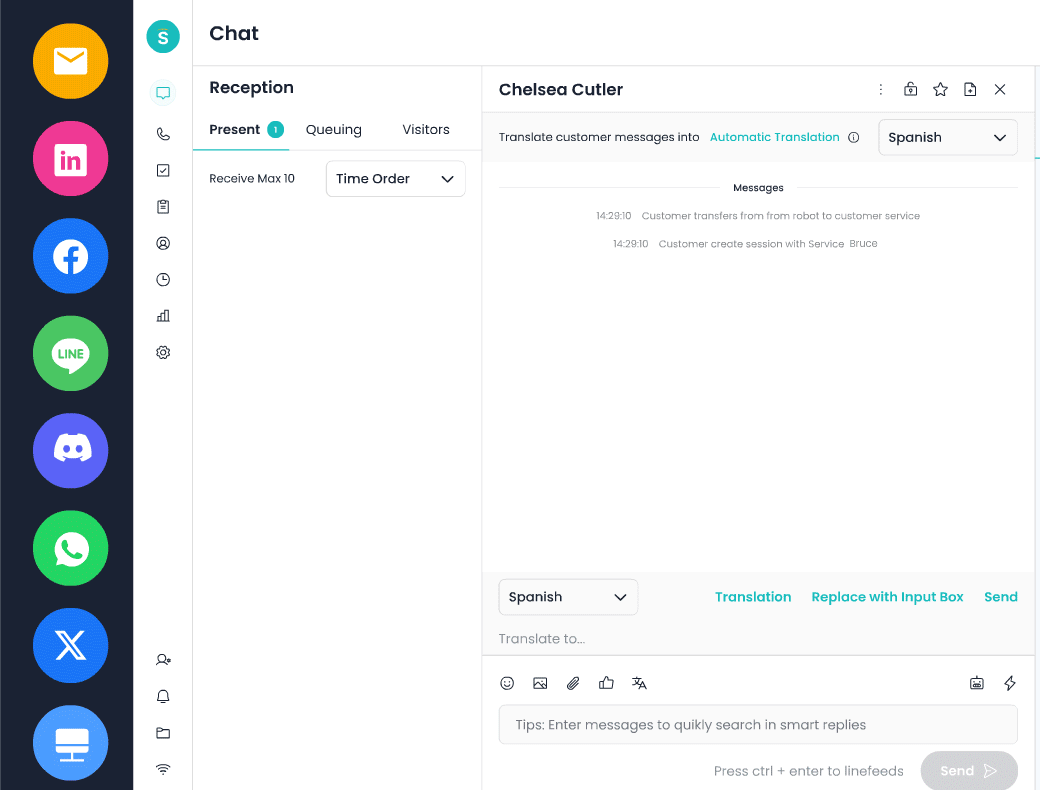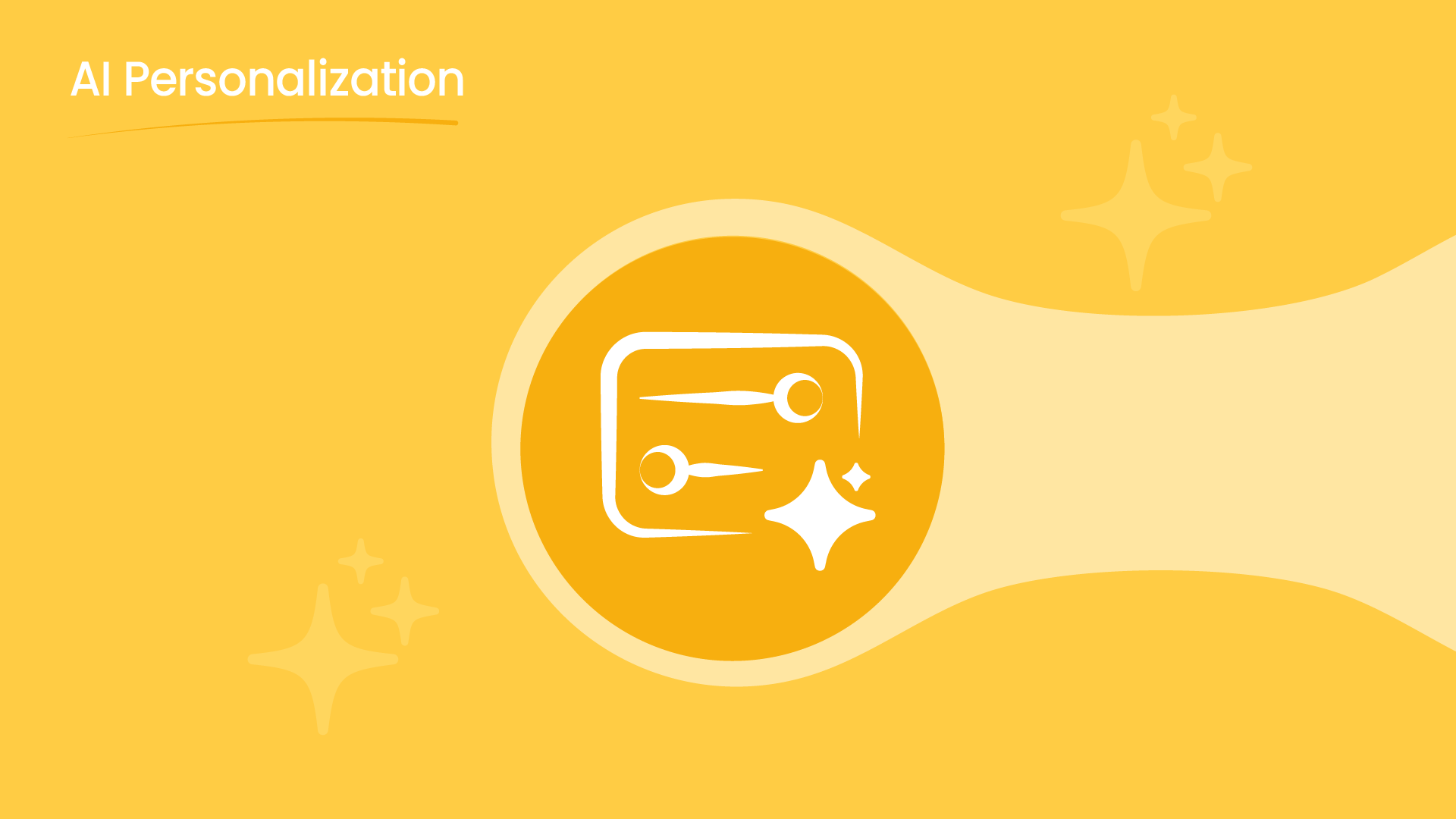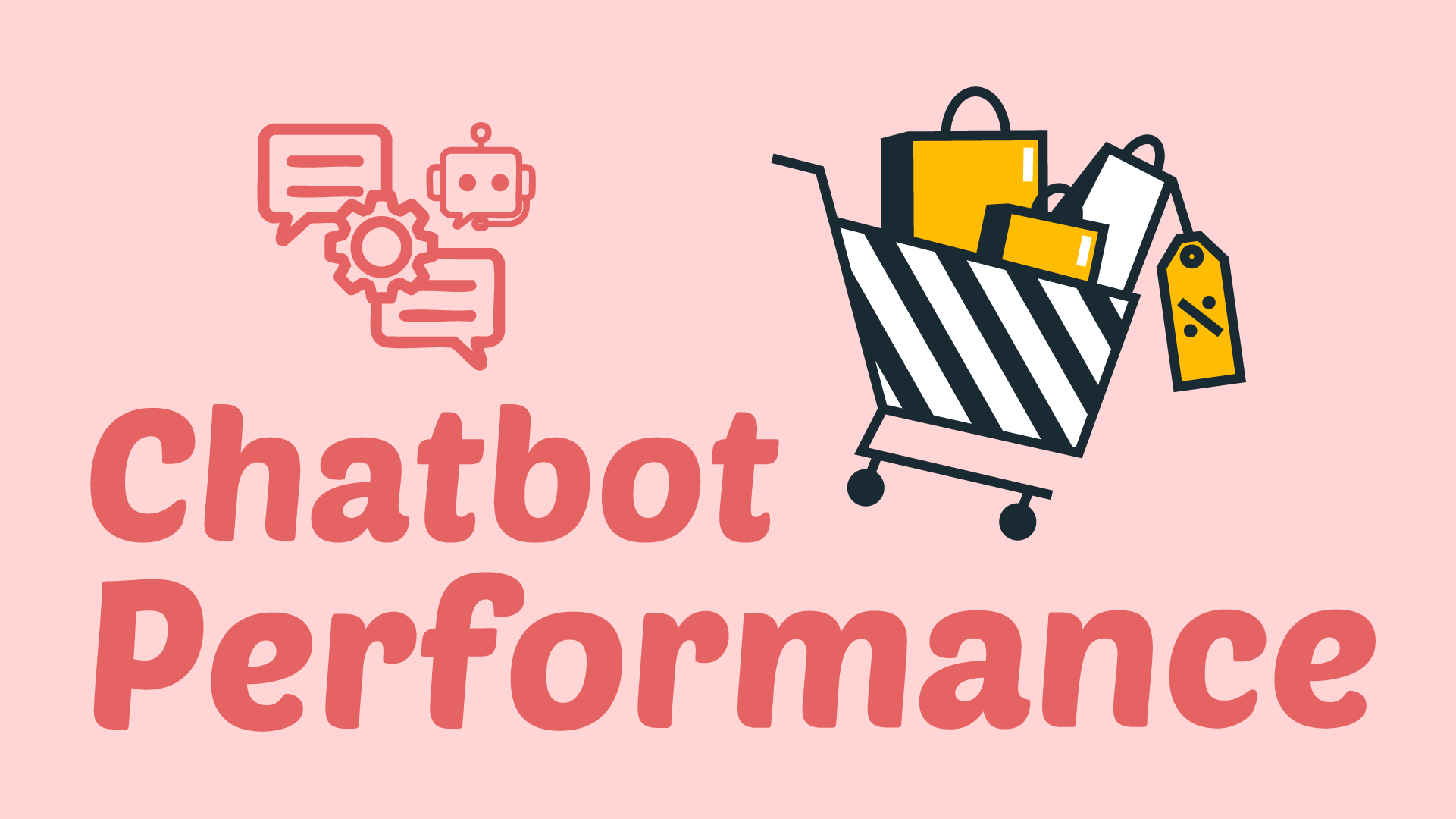Introduction: The Age of Intelligent Personalization
In the digital era, customers expect every interaction to feel relevant, intuitive, and uniquely designed for them. This is where AI personalization emerges as a transformative force—reshaping how businesses communicate, market, and delivers services. By harnessing artificial intelligence, brands can now understand individual user behavior at scale, anticipate preferences, and deliver precisely what each person needs at the right moment.
Unlike traditional rule-based systems that rely on static customer segments, AI personalization continuously learns and adapts through data. Platforms such as Sobot exemplify this shift—leveraging AI to personalize customer engagement in real time and create experiences that feel distinctly human.
The global AI-based personalization market is projected to grow from USD 498.2 billion in 2023 to USD 788.7 billion by 2033, at a CAGR of 4.7%, with North America leading at over 40% share (USD 199.2 billion) in 2023.
Understanding AI Personalization
What is AI Personalization?
AI personalization refers to the use of artificial intelligence and machine learning to tailor interactions, recommendations, or services based on individual user data and behavior. Instead of offering a one-size-fits-all experience, it adapts dynamically—analyzing browsing patterns, purchase history, sentiment, and context to predict what a user will value next.
This level of precision goes far beyond inserting a user’s name into an email. It’s about creating fluid, predictive systems that respond intelligently to changing needs—whether it’s suggesting the next movie to watch, the ideal product to buy, or the best solution in a support chat.
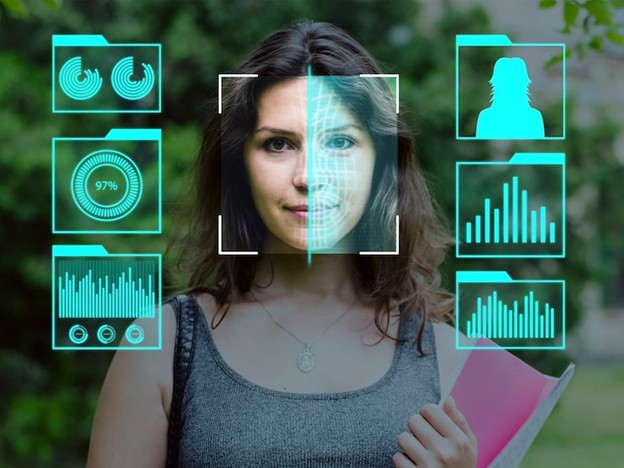
Core Technologies Behind AI Personalization
AI personalization is powered by several interlinked technologies:
- Machine Learning (ML) uncovers hidden patterns in data and learns from every new user interaction.
- Natural Language Processing (NLP) interprets human language, tone, and intent, enabling conversational systems to respond naturally.
- Predictive Analytics forecasts future behavior based on historical data, helping brands anticipate rather than react.
- Real-Time Adaptation ensures the system evolves continuously, refining its outputs as new insights emerge.
The Building Blocks of AI-Powered Personalization
Effective AI personalization depends on a strong data and intelligence foundation.
- Data Collection and Integration: Every click, conversation, and purchase contributes to a broader understanding of user intent. Integrating structured and unstructured data allows AI to form a holistic view of each individual.
- User Profiling: Unlike fixed demographic categories, AI builds dynamic profiles that evolve as preferences and behaviors change.
- Segmentation to Individualization: Traditional segmentation groups customers; AI goes a step further to individualize experiences in real time.
- Recommendation Engines: Algorithms such as collaborative and content-based filtering, or advanced neural networks, help determine which products, articles, or services users are most likely to engage with.
- Context Awareness: AI systems understand the context of an interaction—time, device, location, even emotional tone—to personalize responses more meaningfully.
- Continuous Feedback Loop: Through reinforcement learning, systems improve continuously based on how users respond to recommendations.
Platforms like Sobot apply these principles in customer engagement—analyzing conversation history, tone, and user goals to provide intelligent, contextual replies. This data-driven learning loop ensures each interaction becomes more personalized over time.

Applications of AI Personalization
AI personalization is revolutionizing experiences across multiple sectors:
- Retail and eCommerce: Online stores use AI to recommend products, tailor promotions, and adjust prices dynamically. Every shopper’s path becomes unique, leading to higher satisfaction and conversion rates.
- Healthcare: AI analyzes health data to deliver customized treatment plans, fitness recommendations, and early risk predictions, empowering proactive patient care.
- Education: Adaptive learning platforms adjust course difficulty and content pacing based on each learner’s performance, making education more inclusive and effective.
- Entertainment and Media: Streaming services like Netflix and Spotify rely heavily on AI to curate personalized playlists, watchlists, and feeds, keeping users engaged longer.
- AI Platforms and Customer Interaction Systems (e.g., Sobot): Intelligent platforms such as Sobot personalize every customer interaction—recalling preferences, detecting sentiment, and predicting intent. For instance, if a returning customer asks about an order, the AI can instantly reference past interactions and respond in a tone aligned with the user’s previous experience. This creates a smooth, empathetic dialogue that strengthens customer trust.
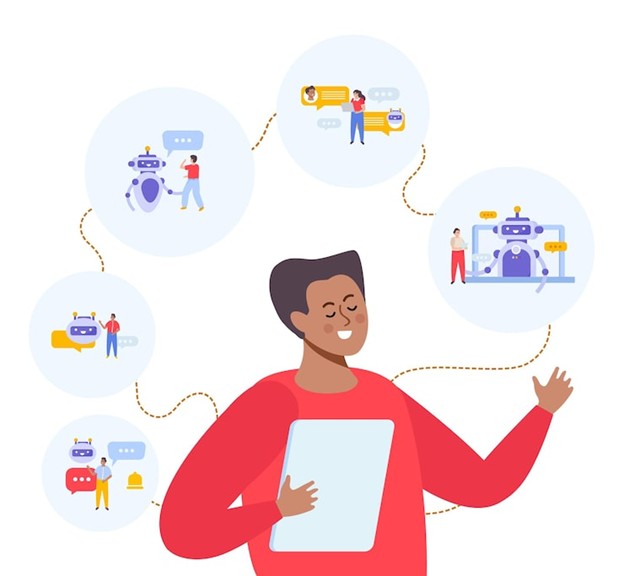
Challenges and Limitations of AI Personalization
While AI personalization offers immense value, it also introduces complex challenges that businesses must navigate carefully.
- Data Privacy and Security: AI systems rely heavily on data, raising concerns about how personal information is stored, shared, and protected. Regulations like GDPR emphasize consent and transparency, requiring brands to manage personalization responsibly.
- Algorithmic Bias: AI models may unintentionally reinforce societal biases if trained on unbalanced data. This can lead to unfair or inaccurate recommendations.
- Dependence on Data Quality: Poor or incomplete data reduces personalization accuracy, limiting the effectiveness of AI models.
- Over-Personalization: Excessive targeting may create “filter bubbles”, isolating users from diverse perspectives or new experiences.
- Scalability and Integration: Deploying AI personalization across multiple systems—apps, websites, and voice channels—can be complex and resource-intensive.
- Transparency and Explainability: Users increasingly want to understand why certain recommendations are made.
Sobot’s Secure AI principles provide a strong example of balancing personalization with privacy—using anonymized, consent-based data while maintaining contextual intelligence in customer interactions.
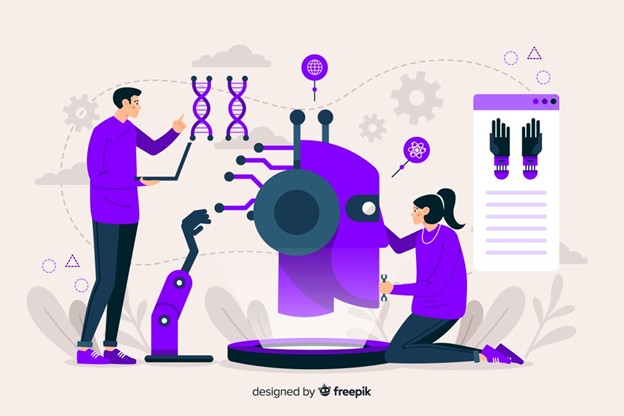
Future Trends in AI Personalization
AI personalization continues to evolve, moving toward more emotional and multimodal experiences.
- Hyper-Personalization with Generative AI: Generative models can create real-time messages, offers, or content tailored to a user’s unique situation.
- Emotion-Aware AI: Advanced NLP and vision models detect tone, facial expressions, or mood, allowing systems to respond empathetically.
- Cross-Channel Personalization: Seamless experiences are becoming standard—where a user’s preferences carry from chat to email to voice assistant without losing context.
- Multimodal Personalization: Combining text, voice, and visual inputs provides richer insights into user intent.
- Ethical AI Governance: As personalization grows, organizations will adopt stronger governance frameworks to ensure fairness, privacy, and accountability.
Conclusion: The New Era of Humanized AI
AI personalization marks a major shift from reactive to proactive digital engagement. It’s no longer about offering content to users but co-creating experiences with them. When powered by ethical data use and intelligent automation, personalization deepens trust, loyalty, and satisfaction.
Companies excelling in personalization generate 40% more revenue from those activities compared to average players.
The future belongs to systems that can think, learn, and empathize—transforming customer interactions into meaningful relationships. Companies like Sobot, with their AI-first vision, demonstrate how personalization done right can blend technology and humanity, creating experiences that feel not just smart but sincerely human.
